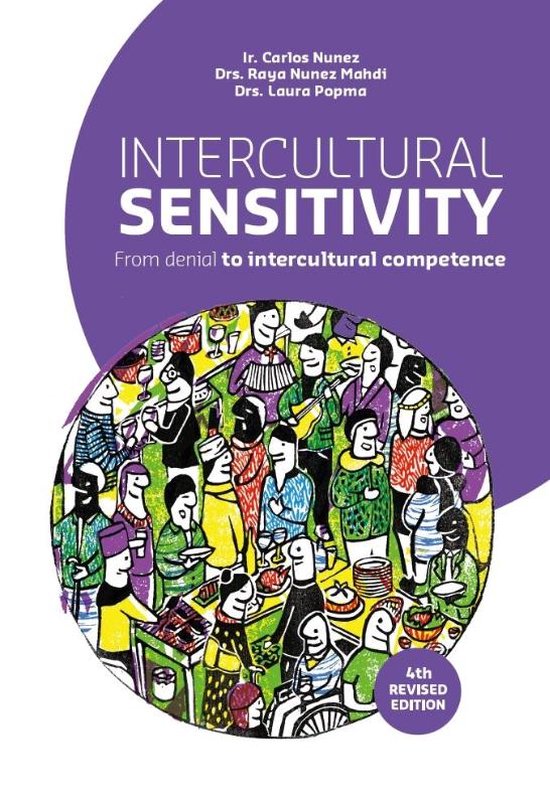
| Taal: | en |
| Bindwijze: | Paperback |
| Oorspronkelijke releasedatum: | 20 maart 2017 |
| Aantal pagina's: | 168 |
| Kaarten inbegrepen: | Nee |
| Illustraties: | Met illustraties |
| Hoofdauteur: | Carlos Nunez |
| Tweede Auteur: | Raya Nunez-Mahdi |
| Co Auteur: | Laura Popma |
| Hoofdillustrator: | Masaaki Oyamada |
| Hoofdillustrator: | Masaaki Oyamada |
| Originele titel: | Intercultural sensitivity |
| Personage: | Geen personage |
| Dyslexievriendelijk: | Nee |
| Editie: | 4 |
| Extra groot lettertype: | Nee |
| Product breedte: | 167 mm |
| Product hoogte: | 12 mm |
| Product lengte: | 240 mm |
| Studieboek: | Ja |
| Verpakking breedte: | 167 mm |
| Verpakking hoogte: | 12 mm |
| Verpakking lengte: | 240 mm |
| Verpakkingsgewicht: | 350 g |
| Dyslexievriendelijk: | Nee |
| Editie: | 4 |
| Extra groot lettertype: | Nee |
| Product breedte: | 167 mm |
| Product hoogte: | 12 mm |
| Product lengte: | 240 mm |
| Studieboek: | Ja |
| Verpakking breedte: | 167 mm |
| Verpakking hoogte: | 12 mm |
| Verpakking lengte: | 240 mm |
| Verpakkingsgewicht: | 350 g |